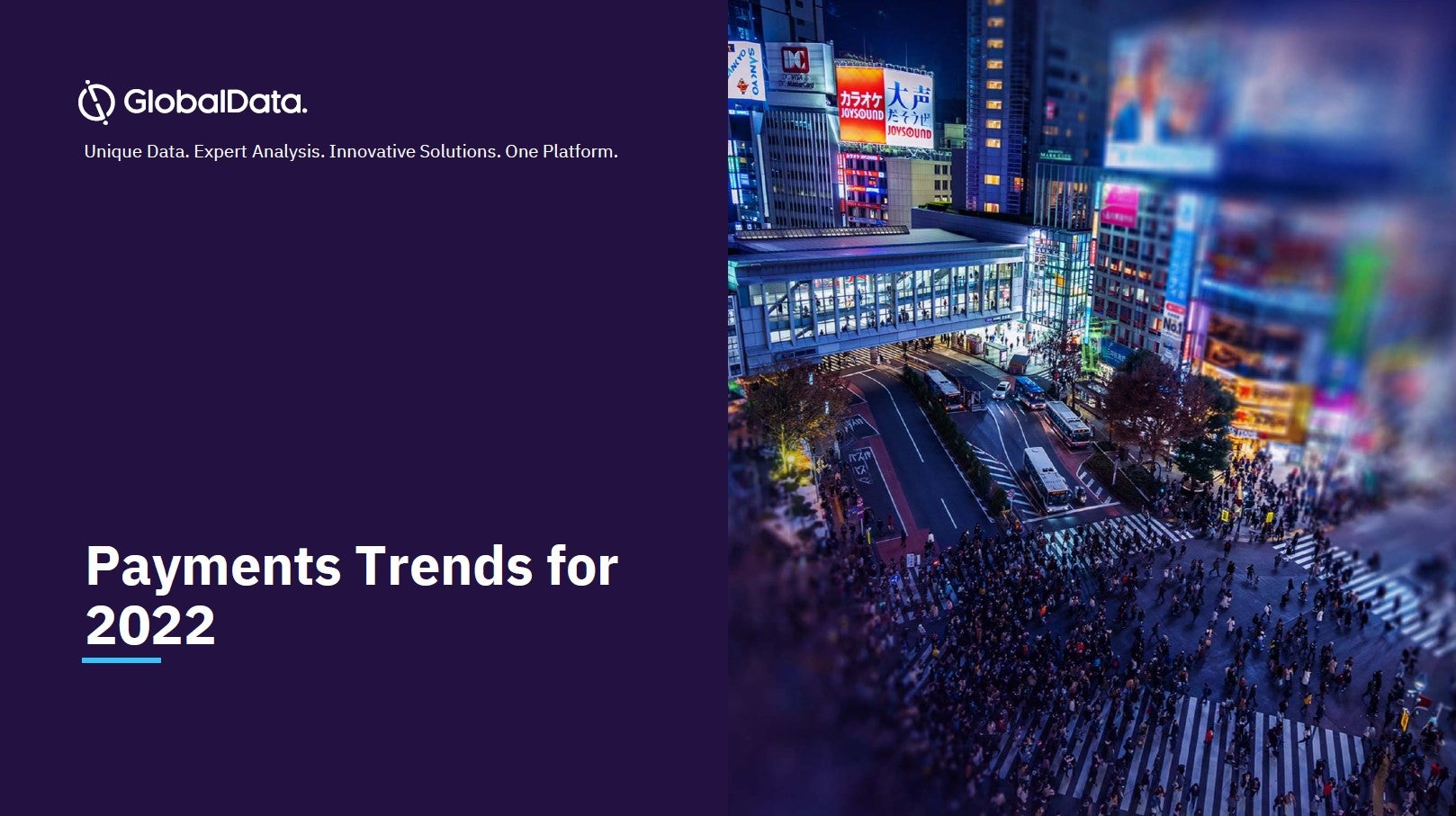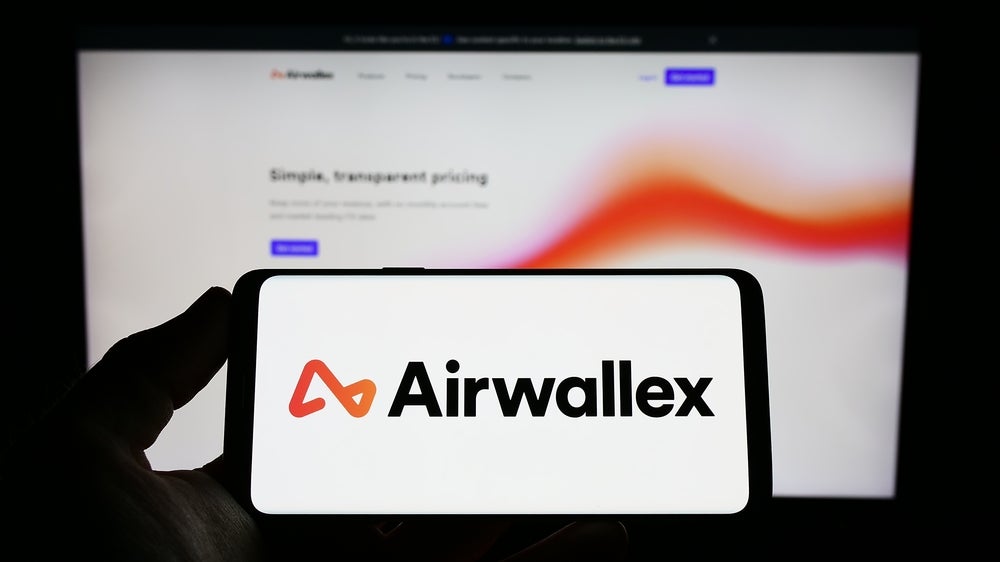
Data is a new source of value in payments. Mohamed Dabo reports on a strategy that can help maximise profits, reduce costs, and optimise opportunities for organisations and customers alike
Data monetisation generally refers to the act of generating measurable economic benefits from available data sources. It’s is the process of using data to increase revenue.
The highest-performing and fastest-growing companies have adopted data monetisation and made it an important part of their strategy.
Direct data monetisation involves selling direct access to your data to third parties.
You can sell it in raw form, or you can sell it in a form that’s already transformed into analysis and insights. Typical examples may be contact lists of potential business prospects or findings that impact on buyers’ industries and businesses.
Indirect data monetisation is where things get interesting. Firstly, there’s data-based optimisation. This involves analysing your data to reveal insights that can improve your organisation’s business performance.
How well do you really know your competitors?
Access the most comprehensive Company Profiles on the market, powered by GlobalData. Save hours of research. Gain competitive edge.

Thank you!
Your download email will arrive shortly
Not ready to buy yet? Download a free sample
We are confident about the unique quality of our Company Profiles. However, we want you to make the most beneficial decision for your business, so we offer a free sample that you can download by submitting the below form
By GlobalDataData can identify how to reach customers and understand customer behaviour so you can drive your sales. Data can also highlight where and how to save costs, avoid risk, and streamline operations.
Data-driven business models
There are data-driven business models, where the merchant uses data to discover new business opportunities and customers.
Merchants can embed analytics into their products or services, providing advantages for their businesses and their customers.
Customers benefit from direct access to usage analytics and other data generated by each product they already use.
The business benefits from offering this as a value add-on or as a new tier of service, encouraging customer loyalty.
In turn, business owners get a better insight into how their customers are using their products.
Payments providers are already sitting on a stockpile of data
By using it to generate insights into consumer purchasing behaviour, and coupling these insights with an understanding of emerging macro trends, payments firms can provide better service to customers — from fraud detection to spending insights.
But they can also go a step further by capturing emerging opportunities to
extract value through the monetisation of the data itself, either internally or through
third parties.
These opportunities extend beyond the boundaries of the traditional payments business and require providers to take advantage of distinctive data sets and apply advanced analytics techniques.
An abundance of benefits
Payments providers that get this right can tap into a range of benefits, from reaching previously unserved customer segments to opening up new revenue streams through product cross-selling.
Capturing these benefits will involve taking strategic steps such as building partnerships and alliances to strengthen existing data or exploring how to future-proof the business as new trends such as peer-to-peer and mobile payments take hold.
Payments providers are in a uniquely powerful position to pursue emerging opportunities because they have insights into merchants as well as consumers, and can bridge the gap between them by providing incentives to influence consumers’ choice of merchants.
But they also face challenges, such as how to operate successfully within data-privacy constraints and how to deal with disputes on data ownership. Finding solutions will require a thoughtful and gradual approach, starting with the data that is easiest to obtain and that shows promise for value.
This article considers what data monetisation offers might look like, examines some of the solutions already available in the market, identifies the challenges that payments providers must overcome, and suggests steps they can take now to make this a fruitful part of their future business.
What are the sources of data?
Any large business or bank has two types of customer data: line-of-business (LOB) data owned by a particular part of the business, and common data, which falls into two groups: enterprise-level data and supplemental data.
Enterprise-level data consists of the same elements as LOB data—customer preferences, needs assessments, and so on—but spans the organisation, and in most evolved enterprises is drawn from a single source, such as a
data lake.
Supplemental data ranges from raw data derived from external sources such as social media, weather data, and digital IDs to synthesised, value-added analytics that are captured through predictive modelling, sentiment analysis, and so on.
Payments providers can capture the greatest value and insight by adding supplemental data to their existing internal data. A number of new players are creating value by combining internal and external data in this way, or helping data owners to do so.<








